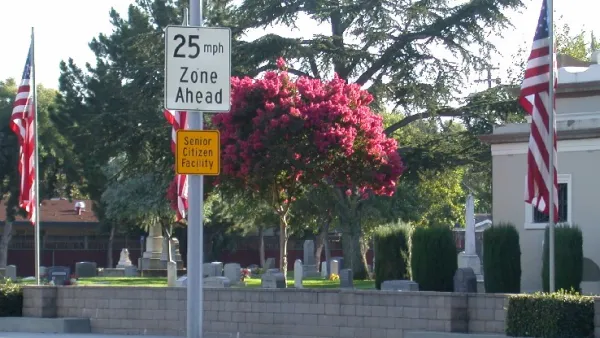The differences in the ways people who live in the city spend their time versus the way people who live in suburbs spend their time are few and small.

A new study authored by Eric Morris, associate professor of City and regional Planning at Clemson University, debunks some of the stereotypes about the differences between suburban and urban lifestyles.
An article by Richard Florida shares news of the new study, boosting the signal about the lifestyle similarities found in the two kinds of built environments.
Morris used data from the American Time Use Survey (ATUS), conducted annually by the U.S. Census Bureau and Bureau of Labor Statistics to analyze and compare the lifestyles of urbanites and suburbanites, producing findings that challenge the common stereotypes.
"First and foremost, it turns out there is very little difference in how urbanites and suburbanites who are demographically similar spend their time," explains Florida. "Both the composition of their activities and the amount of time they devote to them are remarkably similar."
More details of the study's findings can be found at the source article. The one key exception in lifestyle differences: time spent traveling, which includes commuting.
FULL STORY: Urban and Suburban Lifestyles Are More Similar Than You’d Think

National Parks Layoffs Will Cause Communities to Lose Billions
Thousands of essential park workers were laid off this week, just before the busy spring break season.

Retro-silient?: America’s First “Eco-burb,” The Woodlands Turns 50
A master-planned community north of Houston offers lessons on green infrastructure and resilient design, but falls short of its founder’s lofty affordability and walkability goals.

Delivering for America Plan Will Downgrade Mail Service in at Least 49.5 Percent of Zip Codes
Republican and Democrat lawmakers criticize the plan for its disproportionate negative impact on rural communities.

Test News Post 1
This is a summary

Test News Headline 46
Test for the image on the front page.

Balancing Bombs and Butterflies: How the National Guard Protects a Rare Species
The National Guard at Fort Indiantown Gap uses GIS technology and land management strategies to balance military training with conservation efforts, ensuring the survival of the rare eastern regal fritillary butterfly.
Urban Design for Planners 1: Software Tools
This six-course series explores essential urban design concepts using open source software and equips planners with the tools they need to participate fully in the urban design process.
Planning for Universal Design
Learn the tools for implementing Universal Design in planning regulations.
EMC Planning Group, Inc.
Planetizen
Planetizen
Mpact (formerly Rail~Volution)
Great Falls Development Authority, Inc.
HUDs Office of Policy Development and Research
NYU Wagner Graduate School of Public Service





























